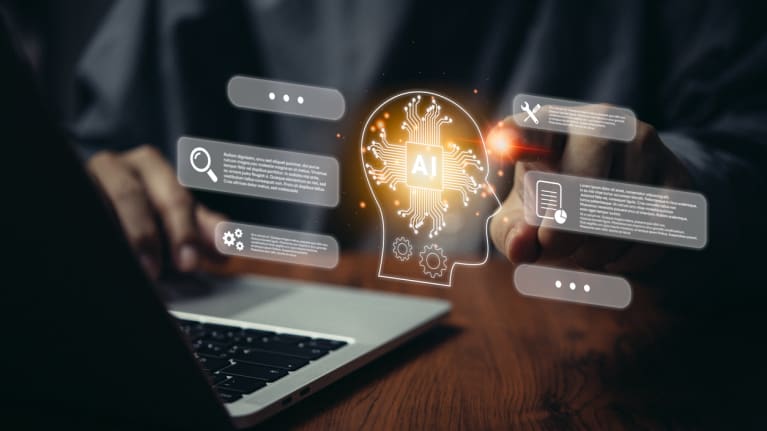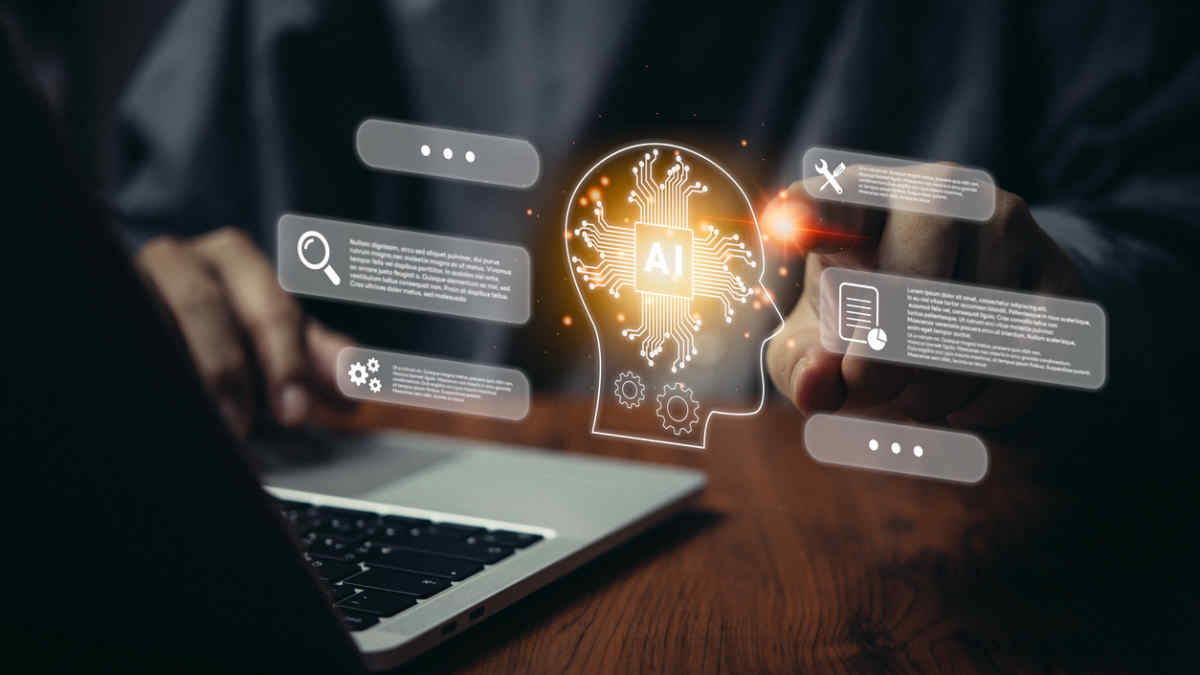

?You’ve undoubtedly seen the dire predictions about how artificial intelligence will wreak havoc on the workforce. Most notably, investment bank Goldman Sachs predicts ChatGPT and similar forms of AI could trigger the loss of 300 million jobs around the world.
But it seems that for every gloomy forecast about AI in the workforce, there’s a brighter outlook.
For instance, a Microsoft report envisions a future where AI saves time, enables smarter work, stops information overload, improves data searches, eliminates busywork and unleashes creativity. Microsoft found that while 49 percent of people fretted about AI replacing their jobs, 70 percent of people indicated they’d turn over as much work as possible to AI to lighten their workloads.
So, could AI be a workplace savior instead of a devil? Some observers say AI already is demonstrating that it can be more helpful than harmful.
The results of a study published in April by the National Bureau of Economic Research underscore this. The study, based on data for 5,000 customer service agents at a major software company, showed that AI assistance:
- Led to a 13.8 percent increase in the number of chats that an agent at a Fortune 500 software company handled per hour.
- Boosted the performance of less skilled, less experienced customer service agents across all productivity measures.
- Improved how customers treated customer service agents, as measured by the sentiments in chat messages.
The study looked specifically at generative AI, which can create content such as text, images and audio.
“Our overall findings demonstrate that generative AI working alongside humans can have a significant positive impact on the productivity and retention of individual workers,” the researchers wrote.
In line with those findings, a University of Pennsylvania study published in March suggested that about 80 percent of the U.S. workforce could see at least 10 percent of their work tasks affected by AI, while about 19 percent of workers could see at least 50 percent of their tasks affected. The researchers concluded that the ability of AI to make human labor more efficient “appears evident.”
Firstup, whose platform seeks to improve employee communication, has witnessed firsthand the positive effect of AI in the workplace.
The tech company says AI-enabled communication within its own workforce has improved dramatically. On a year-over-year basis, the number of employee communications with views, likes, reads, comments or shares has risen more than 150 percent.
Firstup customers also are experiencing the benefits of AI. For instance, Phillips 66 said employee engagement within its 12,200-member workforce has doubled since the energy giant rolled out Firstup’s AI-powered “Engagement Boost” feature.
Dave Wilkin is co-founder and CEO of 10KC (Ten Thousand Coffees), a program that promotes mentoring, networking and skills development. He said it’s understandable that workers are concerned about AI predictions such as the one issued by Goldman Sachs, but he foresees mostly encouraging outcomes from AI in the workforce.
“AI, like many technological innovations and advancements, will improve efficiency and potentially replace workers,” Wilkin said. “However, I expect that in tandem, workers’ skills will adapt and change in order to open up new opportunities that didn’t exist before.”
For instance, Wilkin said, AI will extend the capabilities of health care professionals to diagnose, treat and monitor patients. In part, that’ll be possible through AI-enabled analysis of medical records, imaging data and research to devise more accurate diagnoses and treatments.
To reassure workers about the adoption of AI, Wilkin recommends that employers:
- Clearly set expectations about AI’s functions. “AI should never be used to do automated decisions. Rather, it should be used as a tool to help inform decision-making by humans,” he said.
- Inform employees how AI is being used, what AI data is being collected and how AI affects their work.
- Regularly evaluate AI to ensure it’s effectively and fairly achieving the intended outcomes.
- Stay up-to-date on legal changes, regulatory developments and industry guidelines regarding the use of AI in the workplace.
“Some workers will feel uneasy with the growing list of things that AI can do,” said David Blake, co-founder and CEO of Degreed, which provides a learning and upskilling platform. “Doubling down on upskilling and reskilling them will help put their minds at ease while preparing them for the opportunities that AI will offer. Indeed, with the potential time savings created as AI takes on manually intensive work, people may have more capacity for upskilling.”
At G2, which publishes online reviews of business software and tech services, Chief People Officer Priti Patel and her team “are super geeked out” about the possibilities presented by AI. Why the excitement? According to Patel, AI already is proving to be a timesaver for the HR team.
For instance, AI has reduced the time it takes to write a G2 performance review from between three and five hours to between one and two hours. And previously, tweaking a job description took as long as 90 minutes. With AI assistance, that timeline has shrunk to around 30 minutes. Patel anticipates AI will ultimately take over the task of producing job descriptions.
Yossi Sheffi, an engineering professor at the Massachusetts Institute of Technology and author of The Magic Conveyor Belt: Supply Chains, A.I., and the Future of Work (MIT CTL Media, 2023), said hyped-up fears about AI taking over jobs are unjustified.
“The future of work is not devoid of humans,” Sheffi said. “Jobs will likely entail less content generation and more quality control. But AI is not infallible and requires constant monitoring. We must find ways to shoehorn workers into the new job markets that technology will undoubtedly create.”
John Egan is a freelance writer based in Austin, Texas.

